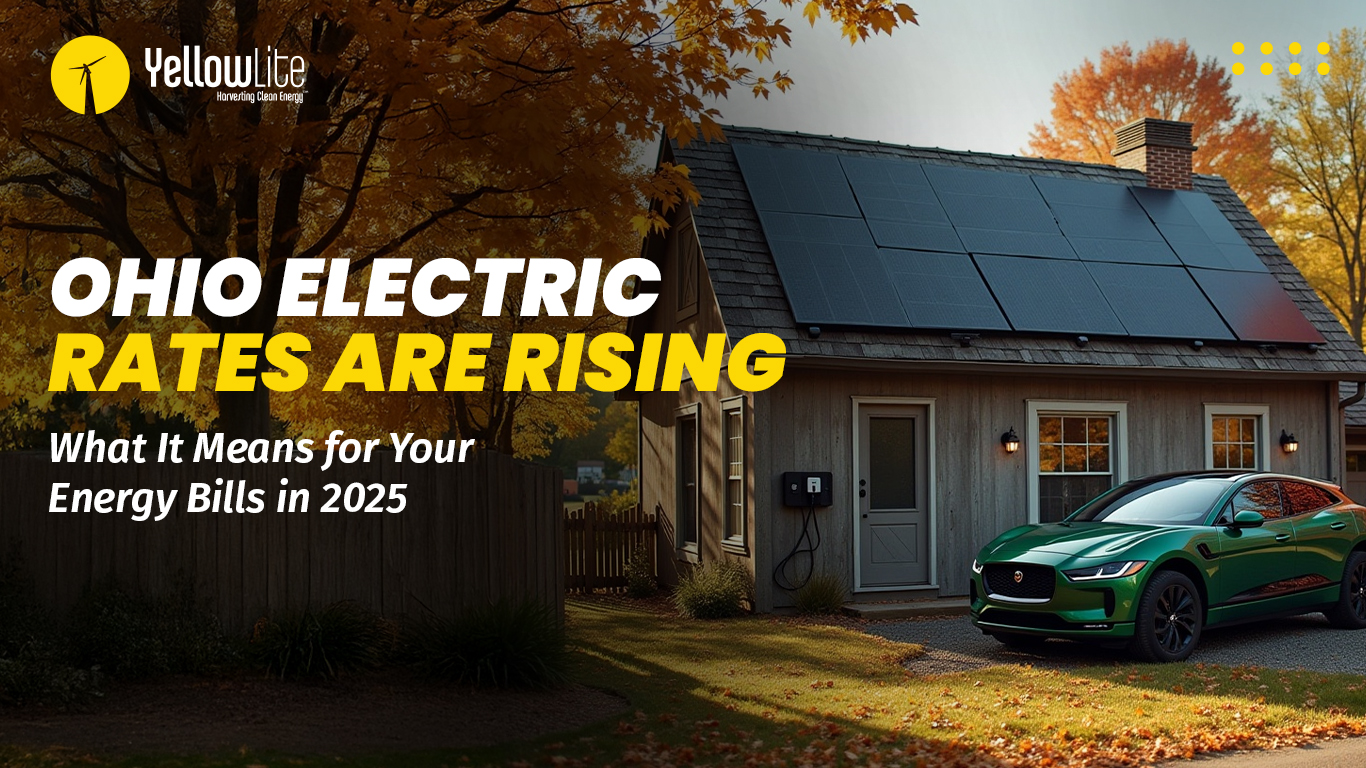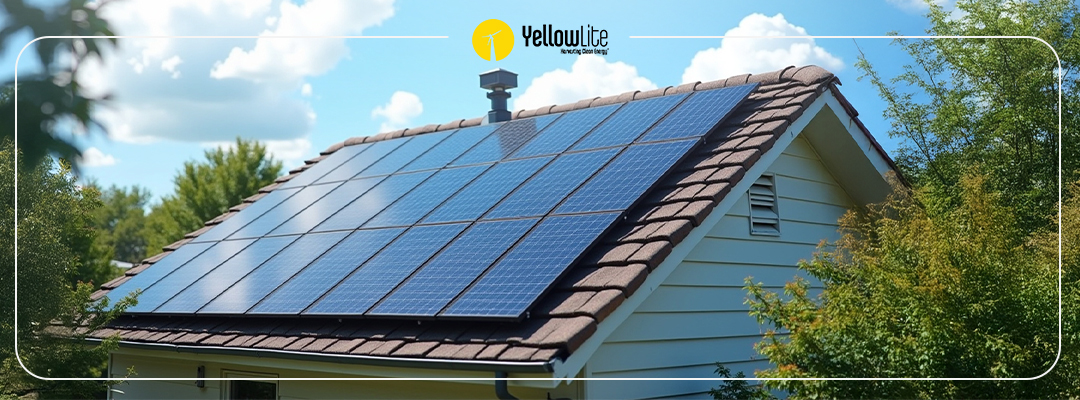In 2015, the solar panel industry experienced a remarkable year in the United States. By the end of the second quarter, a total of 784,000 households and businesses in America have made the switch to using solar energy to power their buildings. The impressive growth in this industry is largely explained by recent advances in solar technology that have made solar power an affordable option for those formerly held back by their budget. In fact, since the year 2006, we have watched as the cost of installing a home solar energy system has fallen by an estimated 75 percent.
If these changes in costs and the widening availability have made it possible for you to consider making the switch to solar energy for your home, you have probably quickly figured out that there are many decisions to be made before you move forward with installation. You will need to find a skilled contractor, choose the right panels, and apply for building permits before moving forward with this home improvement project. One big choice you will also need to make is how many solar panels you will install.
Step 1: Determine Your Daily Electricity Use
The first step to figuring out how many solar panels you need to install is determining how much electricity you use each day. The simplest way to find this information is to check your monthly utility bill. On this bill, you will mostly likely find a monthly total for your home’s energy use, given in kilowatt-hours. This number can be easily broken down by dividing by the number of days in the month to give you your daily energy use total in kilowatt-hours.
Step 2: Adjust Your Average for Variances in Weather and Use
Even though the number provided by your electricity company is a very accurate picture of how much electricity you use each day, it doesn’t take into account variances that are outside of your control. When you use solar energy to power your home, the amount of energy your panels produce is largely dependent on changes in weather. Additionally, changes will happen in your life and you may use more or less energy on certain days. Experts suggest adding 25 percent to your daily use to allow for variances
Step 3: Determine How Many Hours of Sunlight You Receive
Solar panels are sold with an estimate of how much energy they produce for your home each hour. So, once you have determined your daily energy needs, you will want to determine how many hours of sunlight you receive in order to calculate how much energy a single panel will produce. Once you know how much a single panel can produce, you can easily determine how many panels to install on your home with simple math.
At Modernize, we are passionate about helping Texas homeowners like you make changes, big and small, that will help them live a more environmentally friendly lifestyle. When you make the switch to solar energy as the primary means for powering your home, you can not only trust that you are lowering your footprint but you will be pleased as you watch your monthly utility bills drop as a result.
At YellowLite, we are also passionate about helping Ohio and New York homeowners like you make the leap to energy independence.
Interested in learning more about YellowLite’s renewable energy solutions? Reach out to us today to learn more.



